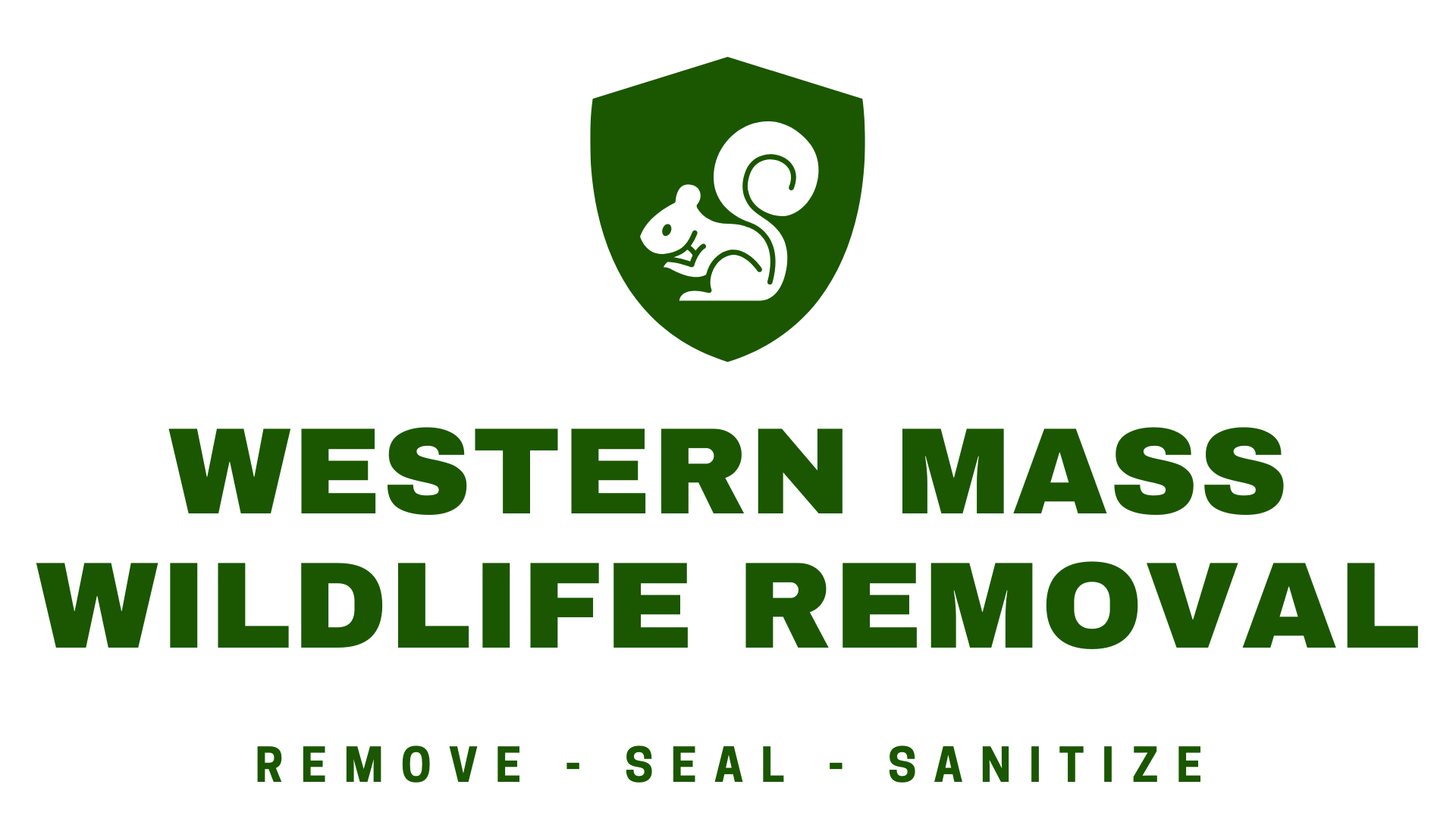Exclusion Techniques and materials
Most of the time people call us, it is because wildlife has entered the structure and is living inside. We do get the more random calls for animals getting stuck in a garage, or brought in by the pet cat, etc, but most of the work we do is dealing with animals actively going in and out on their own accord. Due to this, the basic process of solving the issue requires eviction/removal of the target animals going in and out, and then sealing up the structure (notice I said structure, and not just the current main entry point). The way we are able to guarantee our work is by addressing all vulnerable locations that animals often enter. This is called exclusion.
It’s extremely important to understand that once an animal has moved into your attic space, crawlspace, rafter gaps below the roof, etc, a scent trail is left behind that future animals can pick up on. Once an area has been used by animals to go in and out, it’s then more susceptible to happen again than a different random structure because of that scent trail. This is why we want to address the entire structure, because not doing so will allow those other vulnerable points to be discovered and the same problem to start again. The second reason we want to address the entire structure is because we often use evicting strategies with one-way doors (legally this is the only way to address bats, so its a common practice overall). And when animals are evicted, the first thing they do is try and get back in, which is understandable because in their mind, its their home. So proper material, locations, and applications are very important for keeping the animals out long term.
I’m sure you’ve seen metal screen or foam sprayed into places on roofs and siding and thought about how ugly it looks. That was the way this stuff was done a long time ago. New proper methods have been pushed for and are becoming a common sight now in this industry (thankfully). I always say our goal is to make it look like we weren’t even there. Sometimes the things we need to seal do need some pieces that will be visible, but we want to make them look proper and as though they belong. This means painting, adding texture to blend in, and proper fits with out custom cut pieces. Most of the work we do is exactly custom to that location on that home, so each one is unique and done differently.
The materials we use vary a bit, but most of the time, it is some combination of solid metal (aluminum or steel), thick gauge expanded metal, or perforated metal for breathability if needed. We do not want to replace wood that’s already been chewed through by more wood, as it will allow the same thing to happen with the strength of species such as squirrels and raccoons. Some of the locations we seal are venting systems for the structure such as gable end vents, ridge vents, soffits, or exhaust vents which means they cannot be closed off with solid material. Other locations we seal do not need to exhaust/breathe such as siding holes, non venting soffits and fascia’s, or rake-board overlaps. When completed, we want to be sure that if you had bats or squirrels using the soffit returns (example), that all of them are closed tightly so they cannot re enter the same area, or any of the other areas that have the same type of gap. And this is not to bash on roofers or construction professionals, because many of these locations are OK having these minor gaps (or sometimes large), because they are angled or underneath an overhang where water cannot enter. But we do want to say thank you, as this is exactly what keeps us in business. Some of the images here show how our material is meant to blend in, or look as though it is supposed to be there.










